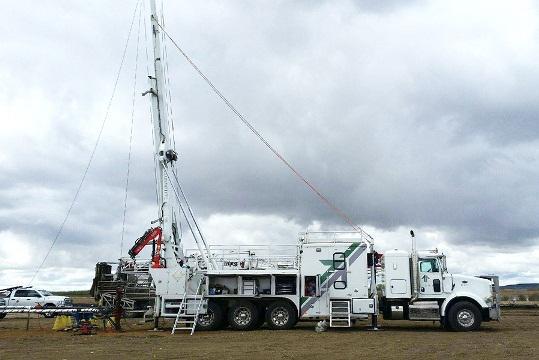
Image Source: Google
Wireline service providers play a crucial role in keeping us connected in today's world. From internet and phone services to cable television, wireline networks are the backbone of our modern communication infrastructure. While we often take these services for granted, a lot goes on behind the scenes to ensure seamless connectivity. Let's explore the vital role of wireline assistance providers and how they work tirelessly to keep us connected.
The Basics of Wireline Services
Before diving into the role of wireline service providers, let's understand the basics of wireline services:
What are Wireline Services?
- Wireline services refer to communication services that are delivered over physical cables or wires.
- These can include landline phone services, broadband internet, and cable television.
- Unlike wireless services that use radio signals, wireline services rely on physical connections to transmit data.
How Do Wireline Networks Work?
- Wireline networks consist of underground cables, fiber-optic lines, and other physical infrastructure.
- Data is transmitted through these cables using electrical signals or light pulses in the case of fiber optics.
- Wireline networks are known for their reliability and consistent speeds compared to wireless networks.
The Role of Wireline Service Providers
Wireline service providers are responsible for building, maintaining, and expanding wireline networks to ensure seamless connectivity for their customers. Here are some key roles they play:
Infrastructure Development
- Wireline service providers invest heavily in building the infrastructure needed for their services.
- This includes laying down cables, installing equipment, and establishing network hubs.
- Infrastructure development is crucial for expanding coverage and improving service quality.
Network Maintenance
- Once the infrastructure is in place, wireline service providers must maintain and upgrade their networks regularly.
- This involves monitoring for issues, repairing damaged cables, and replacing outdated equipment.
- Network maintenance is essential for ensuring reliable connectivity and high performance.
Customer Support
- Wireline service providers offer customer support to help troubleshoot issues and address concerns.
- Customers can reach out to them for assistance with installation, billing, technical problems, and more.
- Efficient customer support is vital for ensuring a positive experience for customers.
Challenges Faced by Wireline Service Providers
While wireline service providers play a crucial role in keeping us connected, they also face various challenges in their line of work:
Competition from Wireless Services
- Wireline service providers face stiff competition from wireless carriers offering mobile services.
- Many consumers are opting for wireless solutions, impacting the demand for traditional wireline services.
- Providers must innovate and offer competitive packages to retain customers in this changing landscape.
Regulatory Hurdles
- Wireline service providers must navigate complex regulations and compliance requirements set by government agencies.
- Regulatory changes can impact their operations, pricing structures, and ability to expand services.
- Providers must stay informed and adapt to regulatory changes to remain compliant.
Technological Advancements
- Rapid advancements in technology require wireline service providers to constantly upgrade their networks and equipment.
- Emerging technologies such as 5G and fiber optics are shaping the future of wireline services.
- Providers need to invest in innovation to stay ahead of the curve and meet growing bandwidth demands.
The Future of Wireline Services
Despite the challenges, the future looks promising for wireline service providers as they continue to play a vital role in keeping us connected. Here are some trends shaping the future of wireline services:
Expansion of Fiber Optic Networks
- Providers are increasingly investing in fiber optic networks for faster speeds and greater bandwidth.
- Fiber optics offer significant advantages over traditional copper cables in terms of performance and reliability.
- The expansion of fiber optic networks is expected to drive the next wave of connectivity advancements.
Integration of Internet of Things (IoT)
- Wireline service providers are exploring opportunities to integrate IoT devices and services into their networks.
- IoT presents new possibilities for smart homes, connected vehicles, and industrial applications.
- Providers are working towards creating seamless IoT solutions that leverage their wireline infrastructure.
Focus on Network Security
- With the rising threats of cyber attacks and data breaches, network security has become a top priority for wireline service providers.
- Providers are adopting advanced security measures to protect customer data and secure their networks.
- Ensuring robust network security is essential for maintaining customer trust and safeguarding sensitive information.
